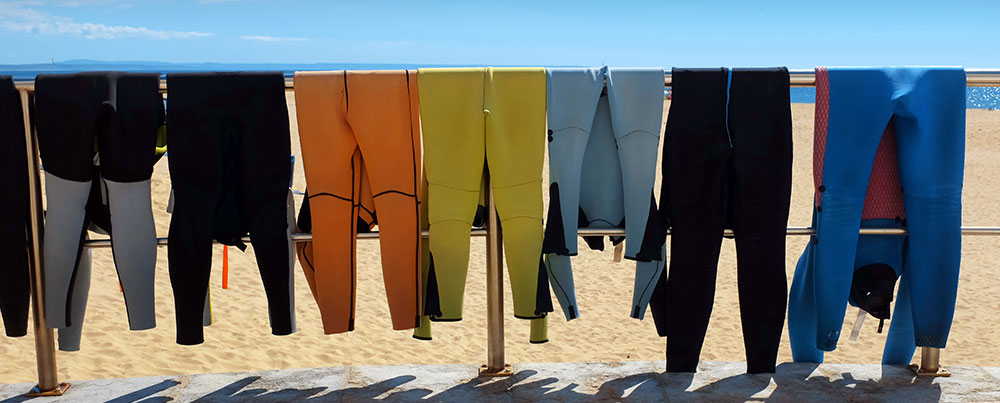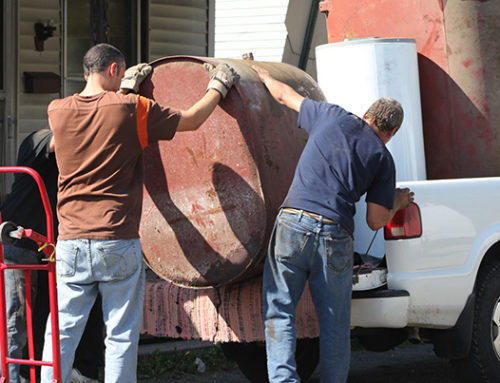In the recycling business, one of the most common questions we get is whether or not a particular material can be recycled. The answers can be complicated—for example, some facilities recycle certain products that other facilities don’t, and some recyclable materials are valuable while others are not—but we always like to help people get to the bottom of it when it comes to recycling. Neoprene is one of those materials that we get asked about periodically. It is a synthetic rubber material commonly used in wetsuits, work gloves, and electrical insulation, so it’s easy enough to find—but can it be used and reused like metals and other recyclable materials?
What Is Neoprene, Anyway?
Neoprene is actually a family of similar materials, though they may vary slightly in the ways they are manufactured and used. All of them are synthetic and rubber-like.
Neoprene is used because of its water and heat resistance, and because it is both malleable and strong. In addition to wetsuits and protective gear, it’s also used in laptop, tablet, and phone cases, because it can be molded to fit these devices snugly and is strong enough to protect them from damage.
Neoprene also has many applications in the medical field, such as in gloves for doctors, nurses, and surgeons.
Because it is used so often and for such a wide variety of products, recycling it can be great for the environment.
Can Neoprene Be Recycled?
Luckily, neoprene is completely recyclable, though not every recycling facility can take it. The process for recycling rubber and synthetic rubbers is a bit different from the processes used for more commonly recyclable materials such as plastics, metals, and paper products.
Often, neoprene is mixed with other synthetic rubbers when recycled to create new synthetic rubber blends that are used in a variety of products like athletic shoes. This recycled synthetic rubber is cheaper and easier to manufacture than new neoprene, and it’s definitely cheaper and less damaging to the environment than harvesting natural rubber.
Recycled synthetic rubber is used in all kinds of inventive ways—everything from hats to exercise equipment like dumbbells is manufactured using this affordable and versatile material.
In addition to being recyclable, the high durability of synthetic rubbers like neoprene means that they can often be reused. If you have an old wetsuit or pair of work gloves that are still functional, you might consider donating them instead of recycling them. There are plenty of great programs that can use these products, or you can give them directly to individuals.
For example, there’s a nonprofit called Warmcurrent that helps youth in underserved and disadvantaged communities through free and cheap surfing programs.
Neoprene and other synthetic rubbers are exciting materials because of their potential for recycling and reuse. Remember, recycling and reusing products keeps the environment and the economy thriving, and keeps the costs—both financial and environmental—of harvesting and manufacturing entirely new materials at bay.
This helps everyone from the individual consumer to industry leaders, and helps keep our world safer, more fun, and more productive.








